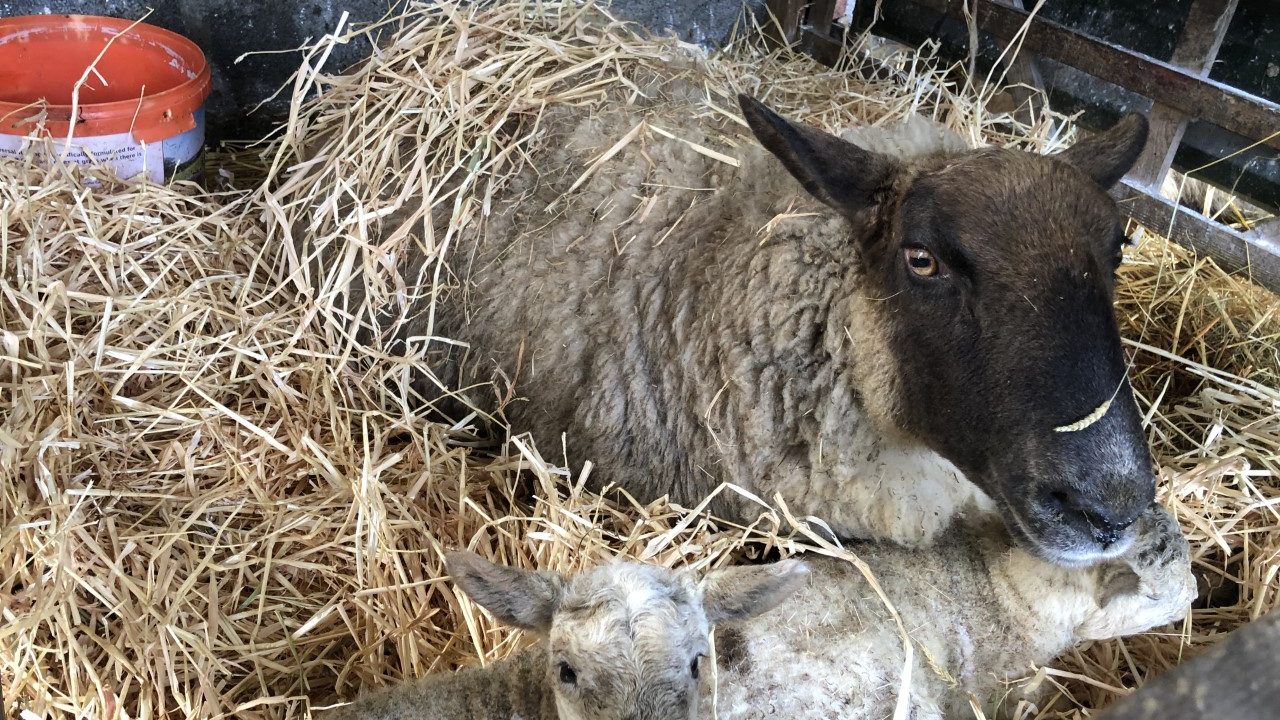After a largely dry week last week, the rain and unsettled weather has returned once again and it couldn’t really come at a worse time.
With lambing underway on many farms, the task of turning ewes and lambs out to grass has become that bit more difficult, as the weather takes a turn for the worst again, which means sheds could become a bit tight for space if ewes and lambs can’t be turned out to grass.
Where conditions are suitable to turnout ewes and lambs, it is best to do this first thing in the morning. Of course, this is after ewes and lambs have had time to properly bond as ewes that don’t develop a strong bond with their lambs will suffer significantly higher lamb losses, particularly during adverse weather conditions.
It is also advised to turn ewes with single lambs out first, in small groups, to fields with good shelter when conditions are dry. It is important also to be turning ewes out to good covers of grass (>5cm).
Keeping indoors
If weather conditions aren’t suitable to turn out ewes and their lambs, which has been the case for much of this week in many places, then a few adjustments will most likely be required in the lambing shed – if there are no other housing facilities on the farm to accommodate these ewes and lambs until the weather improves.
As the number of ewes that lamb increases, it will free up more space to tighten up the remaining ewes left to lamb and possibly free up another large group pen which can take these ewes and lambs that haven’t been turned out yet or in some cases, where ewes and lambs have been turned out but have had to be brought back in.
After lambing, the quantity of bedding and forage required by ewes with lambs at foot increases dramatically in line with the ewes increased intake of food and water.
It’s important to regularly lime and top up bedding in order to reduce disease risks. Feeding good-quality silage is a must and if the quality is poor, supplementing with concentrates should be considered. Removing stale feed should also be done regularly as well.
As mentioned earlier, a ewe’s intake of dry matter increases significantly with lambs at foot. So as well as feeding ewes adequately, you need to ensure they have access to a good clean supply of water, as a ewe could have a requirement of up to 11L of water per day.

